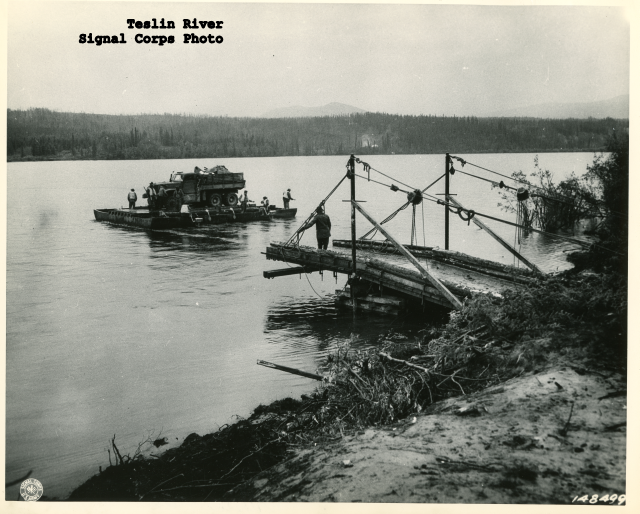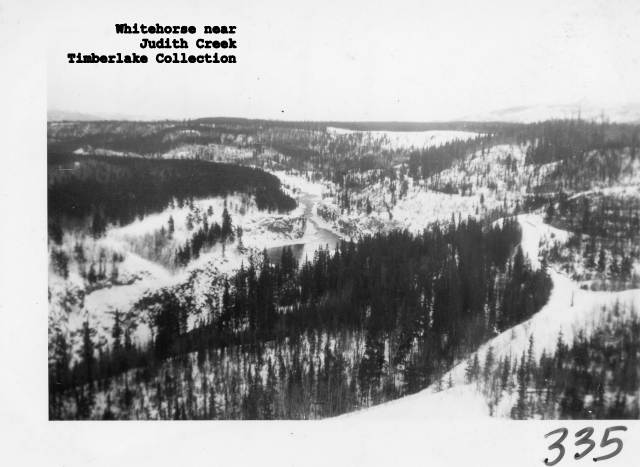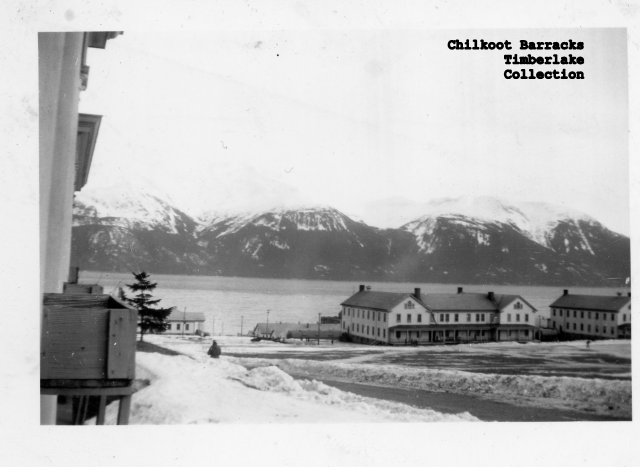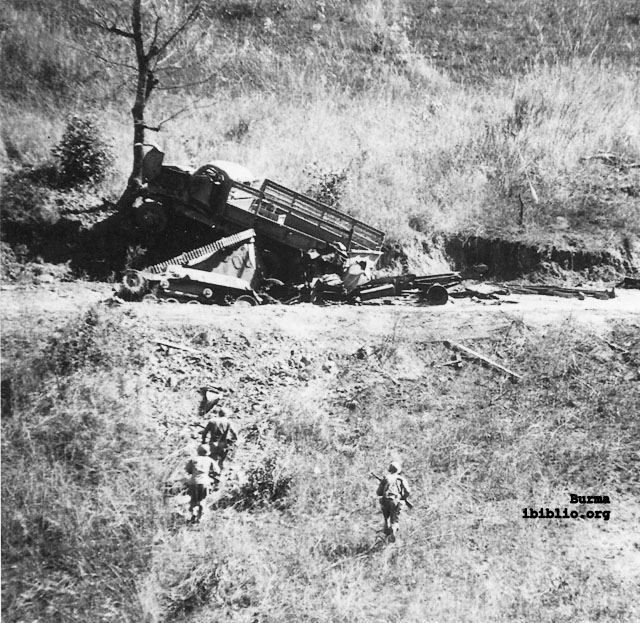
Canada attracts people up from the United States and we carry attitudes and assumptions north across the border. A famously friendly lot, Canadians don’t always challenge our mistaken assumptions. And they don’t take us to task for our attitudes.
The things we get up to down here don’t always leave Canada, our oldest and very best international friend, with a warm fuzzy feeling. And the things we get up to up there can leave our neighbors even less happy!
Under anything like normal circumstances, the United States “invasion” of British Columbia and Yukon would have been unthinkable. United States Army troops stormed across an international border and commenced building the Alaska Highway through Canada’s territory.

Circumstances in the spring of 1942 were not “normal”. Canada had been at war since 1939. Canada’s leaders recognized America’s vulnerability to a Japanese advance through the Aleutians long before leaders in the United States did. When FDR launched the Corps of Engineers into Canada, the Canadian government gave its permission.
The Americans, though, could be an arrogant lot—more inclined to tell than to ask. They tended to go where they wanted and take what they needed. They made mistakes they didn’t have to make had they been willing to accept advice. Old timers still chuckle about the bulldozers and other equipment buried in muskeg or simply abandoned along the way.

Sometimes the soldiers left Canadians angry and resentful. More often the Canadians chuckled to themselves at the soldiers’ willful ignorance and kept their advice to themselves until the soldiers decided to ask.
Johnny Johns of Carcross signed on to help lay out the route through Yukon. For the most part the soldiers took his advice. But Johnny’s friends and neighbors chuckled, noticing that the twisting, turning route of the road managed to take in all of Johnny’s favorite hunting and fishing spots.


























